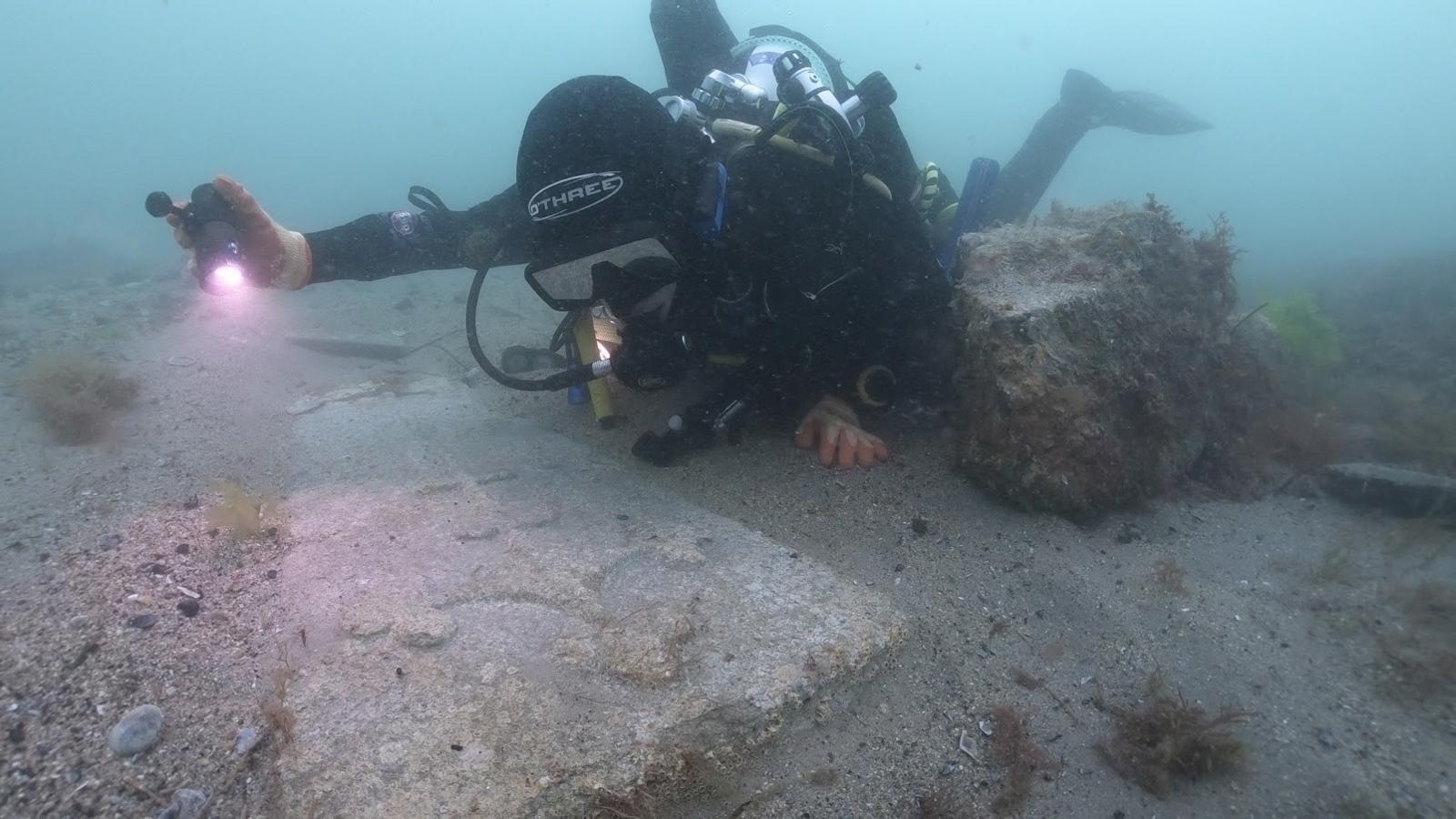Shipwreck artefacts to be marked to deter thieves

The technology to mark artefacts underwater has been nearly eight years in the making
At a glance
Artefacts on significant shipwreck sites will be forensically marked
The new technology makes objects traceable, which Historic England hopes will reduce the risk of heritage crime
Conservationists said it would "act as a clear deterrent" to thieves
- Published
Historical artefacts at some of England's shipwreck sites will be forensically marked by conservationists to protect them from thieves.
The marks, which use new technology, mean artefacts from England's 57 Protected Wreck Sites will be made traceable, which Historic England hopes will deter criminals.
Damage to the Klein Hollandia, a 17th Century Dutch warship off the East Sussex coast, prompted the project.
Mark Harrison, head of heritage crime strategy at Historic England, said: “This will act as a clear deterrent to those looking to unlawfully lift and remove historic material from Protected Wreck Sites.
"If someone breaks the law and removes any property, the new markings will give police the ability to link the offender to the crime scene and implement criminal proceedings," he added.
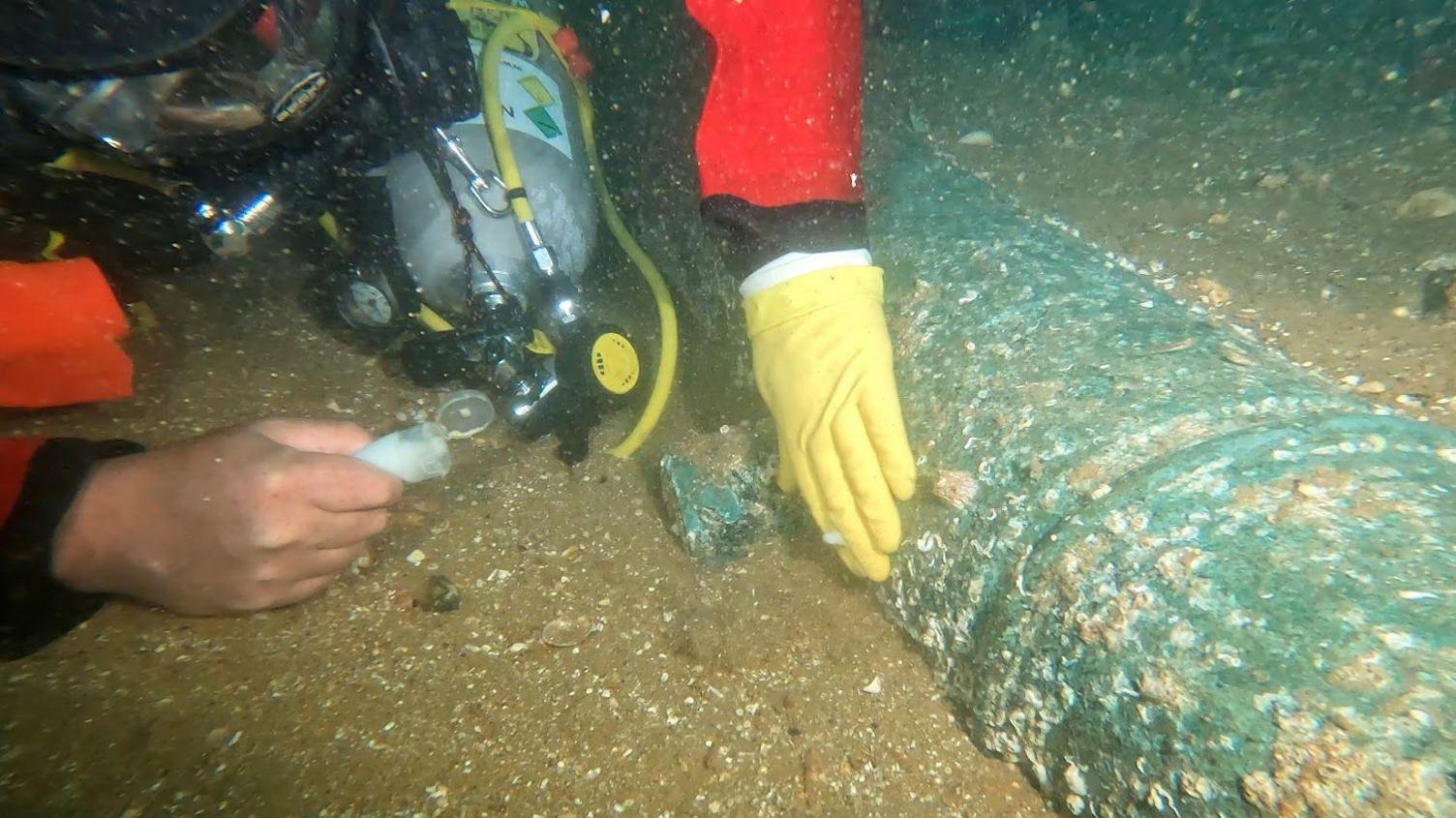
The markings allow artefacts to be traceable
The project is working in collaboration with MSDS Marine and the Cultural Heritage Agency of the Netherlands (RCE).
UK and Dutch maritime archaeologists plan to carry out more dives to research the Klein Hollandia off Eastbourne.
In 2021, damage to the protected site was documented by divers from the Nautical Archaeology Society which led to a joint decision by RCE and Historic England to support further investigation of the wreck.
Follow BBC South East on Facebook, external, on X, external, and on Instagram, external. Send your story ideas to southeasttoday@bbc.co.uk, external.
Related topics
- Published27 January 2023
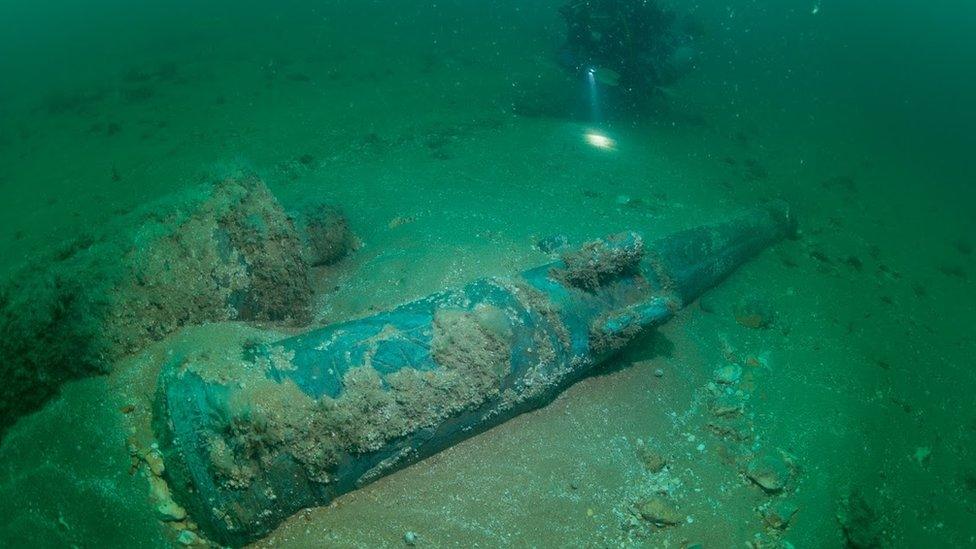
- Published27 January 2023
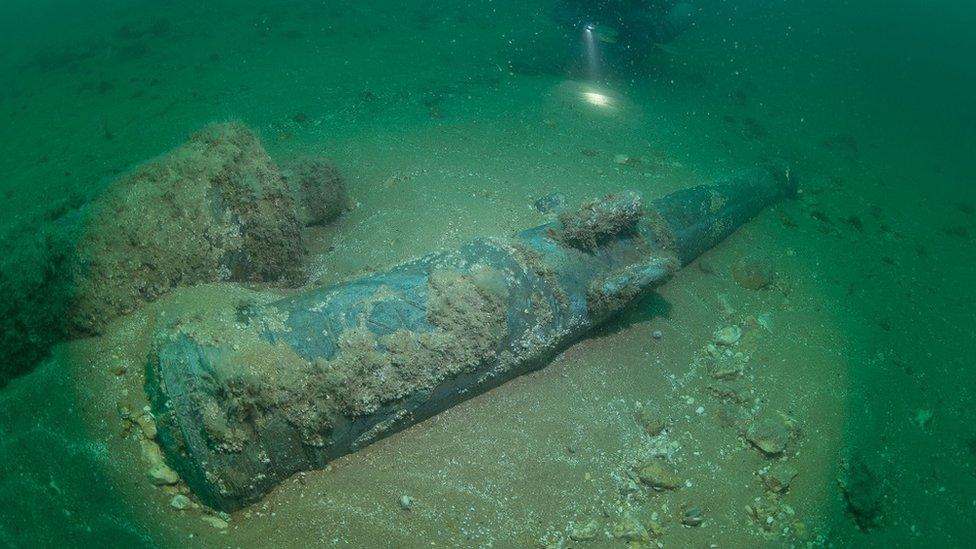
- Published15 December 2022
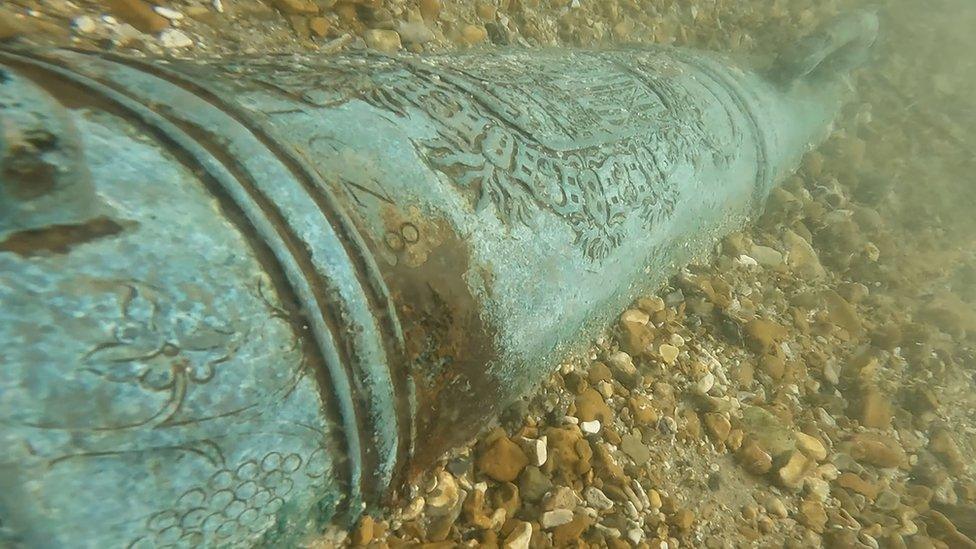
- Published20 July 2022
